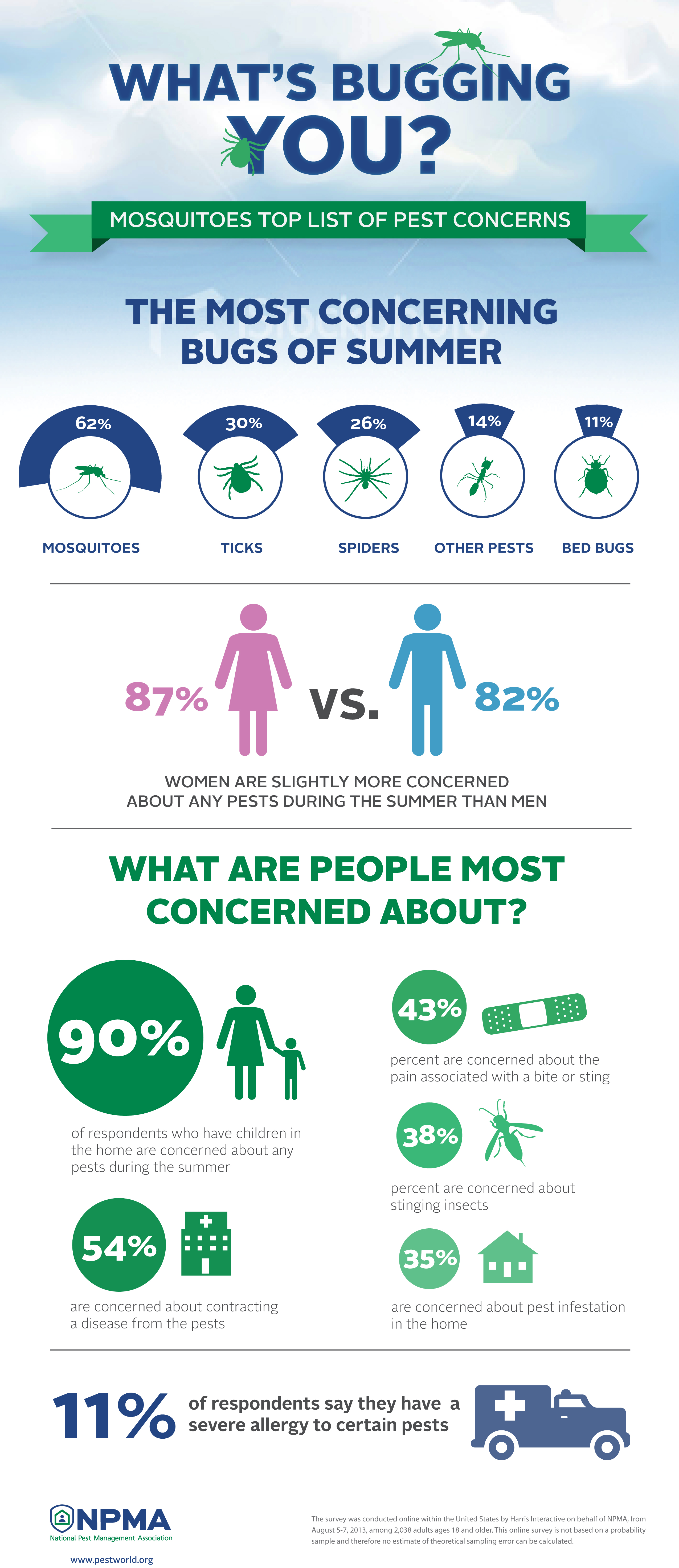Protecting Your Attic From Rodents: Secret Recommendations For Homeowners
Protecting Your Attic From Rodents: Secret Recommendations For Homeowners
Blog Article
Produced By- look at these guys
Imagine your attic as a cozy Airbnb for rodents, with insulation as fluffy as resort cushions and circuitry more tempting than space service. Now, envision rats under house throwing a wild celebration in your home while you're away. As a property owner, ensuring your attic is rodent-proof is not almost comfort; it has to do with shielding your building and liked ones. So, what basic steps can you take to protect your refuge from these furry intruders?
Examine for Access Information
To start rodent-proofing your attic room, examine for entrance points. Start by meticulously taking a look at the exterior of your home, looking for any openings that rodents could utilize to access to your attic room. Check for voids around energy lines, vents, and pipes, as well as any kind of cracks or openings in the foundation or home siding. Make certain to pay attention to areas where different building materials fulfill, as these are common entry points for rats.
Furthermore, examine the roof for any harmed or missing tiles, in addition to any kind of spaces around the sides where rodents could squeeze via. Inside the attic room, look for indicators of existing rodent task such as droppings, chewed cables, or nesting materials. Utilize a flashlight to completely check dark corners and hidden spaces.
Seal Cracks and Gaps
Evaluate your attic extensively for any type of splits and voids that require to be sealed to stop rodents from getting in. Rats can squeeze with even the smallest openings, so it's critical to seal any kind of potential access points. Examine around pipes, vents, cords, and where the wall surfaces satisfy the roofing. Use a mix of steel woollen and caulking to seal off these openings effectively. Steel wool is an exceptional deterrent as rats can't eat with it. Ensure that all gaps are tightly secured to reject access to unwanted insects.
Don't ignore the importance of securing spaces around windows and doors also. Use weather condition removing or door moves to secure these locations successfully. Examine the locations where utility lines go into the attic room and seal them off utilizing a suitable sealer. By making the effort to secure all splits and spaces in your attic room, you develop an obstacle that rodents will find challenging to breach. Prevention is key in rodent-proofing your attic, so be extensive in your efforts to seal any possible entrance points.
Eliminate Food Sources
Take positive measures to remove or save all possible food sources in your attic room to hinder rodents from infesting the area. Rodents are drawn in to food, so eliminating their food sources is important in maintaining them out of your attic room.
Below's what you can do:
1. ** Shop food securely **: Stay clear of leaving any type of food things in the attic. Store all food in impermeable containers made of steel or sturdy plastic to stop rats from accessing them.
2. ** Tidy up debris **: Remove any type of heaps of debris, such as old newspapers, cardboard boxes, or wood scraps, that rodents might use as nesting material or food sources. Keep the attic room clutter-free to make it less attractive to rats.
3. ** Dispose of waste correctly **: If you use your attic for storage and have garbage or waste up there, see to it to take care of it frequently and properly. Decaying garbage can draw in rats, so maintain the attic room clean and devoid of any kind of natural waste.
Conclusion
To conclude, bear in mind that an ounce of avoidance is worth a pound of treatment when it comes to rodent-proofing your attic room.
By taking the time to inspect for entrance factors, seal cracks and gaps, and remove food sources, you can keep unwanted bugs at bay.
Remember, 'An ounce of prevention deserves a pound of cure' - Benjamin Franklin.
Stay proactive and safeguard your home from rodent invasions.
